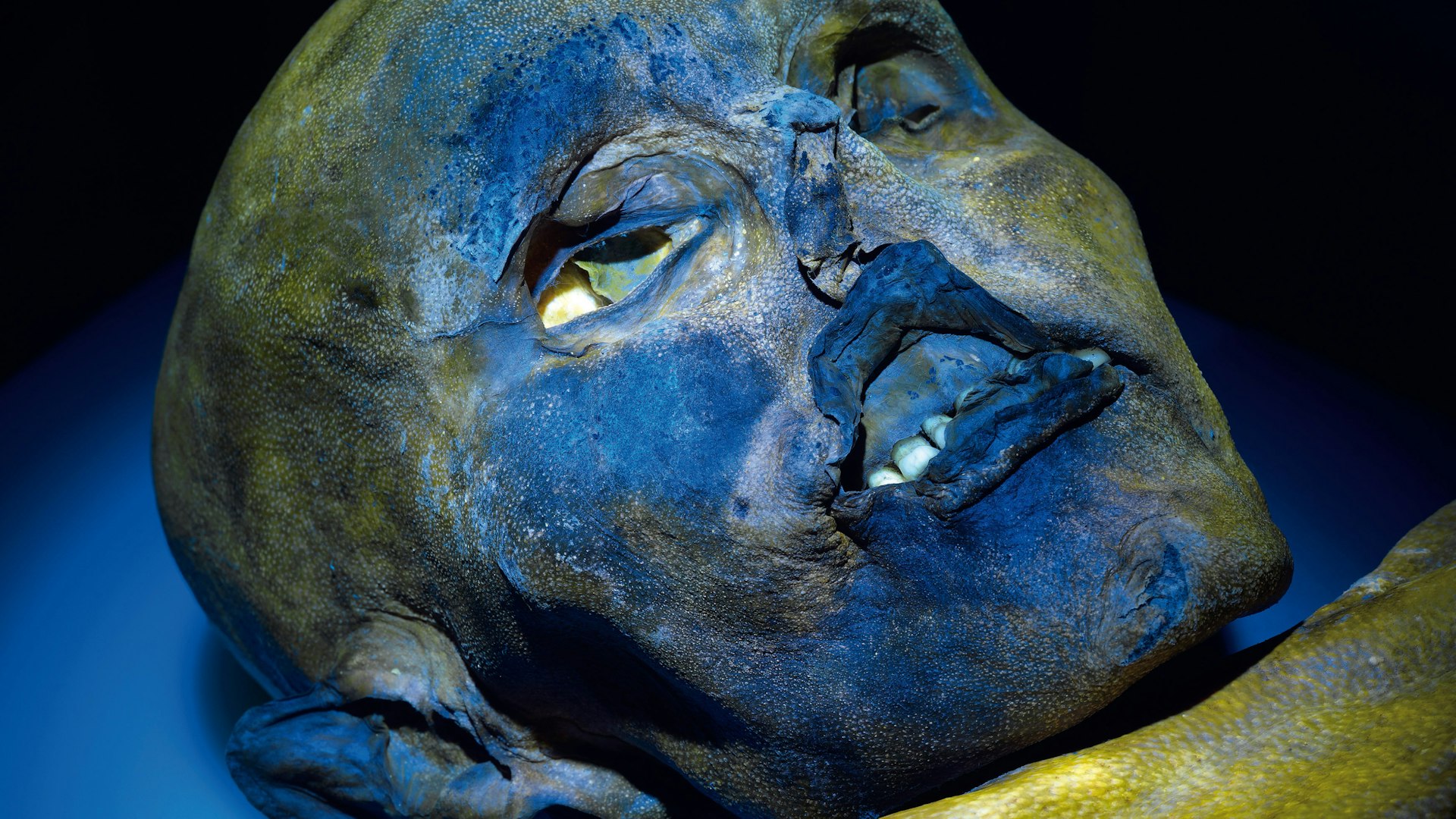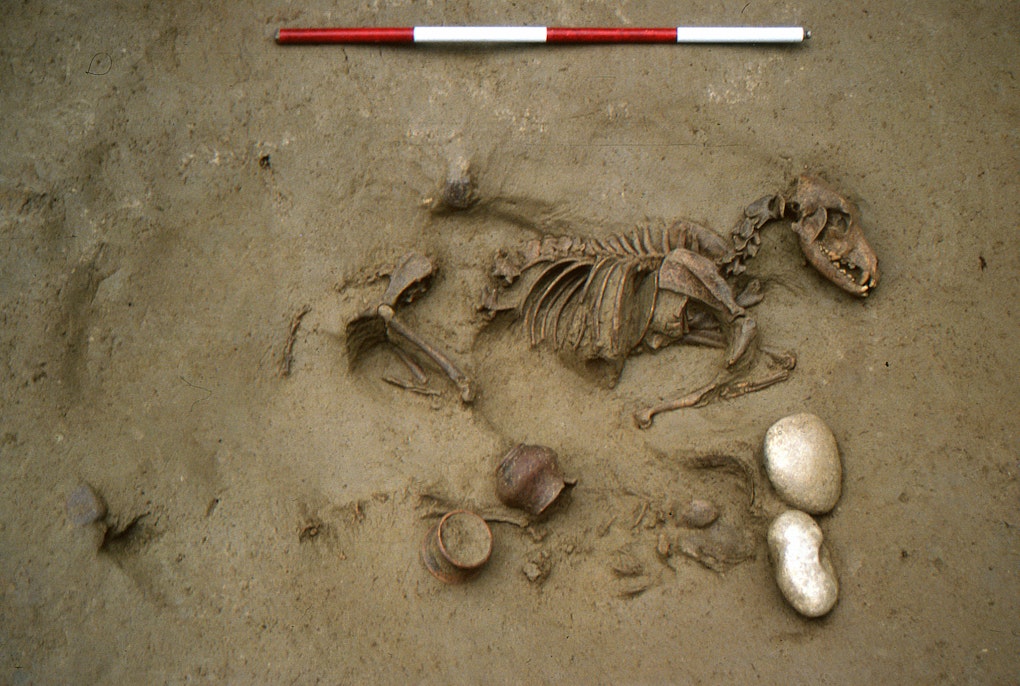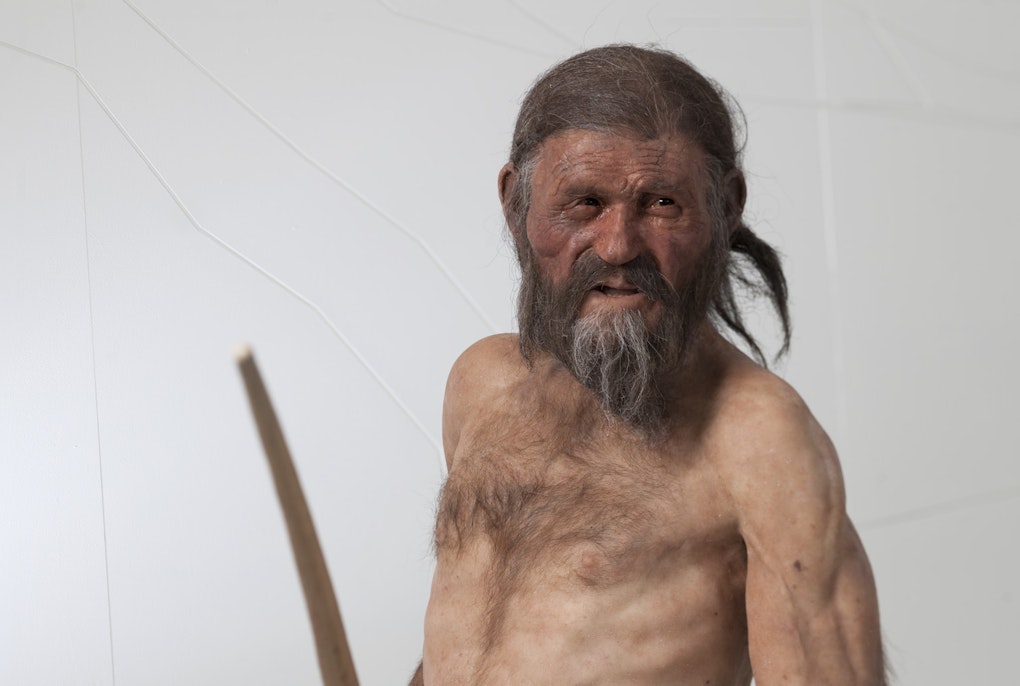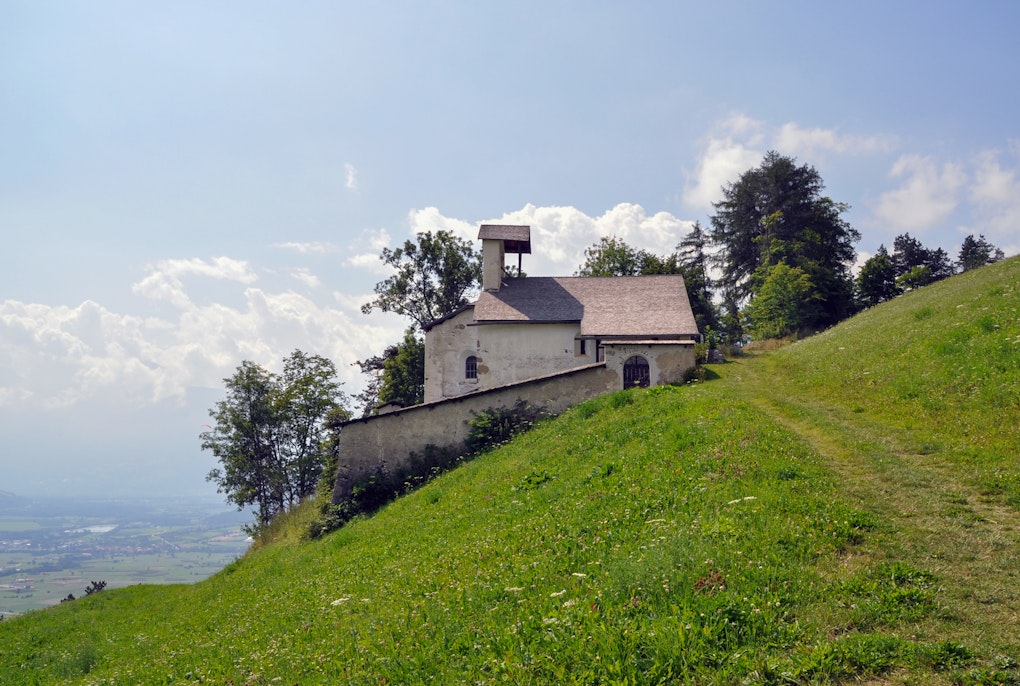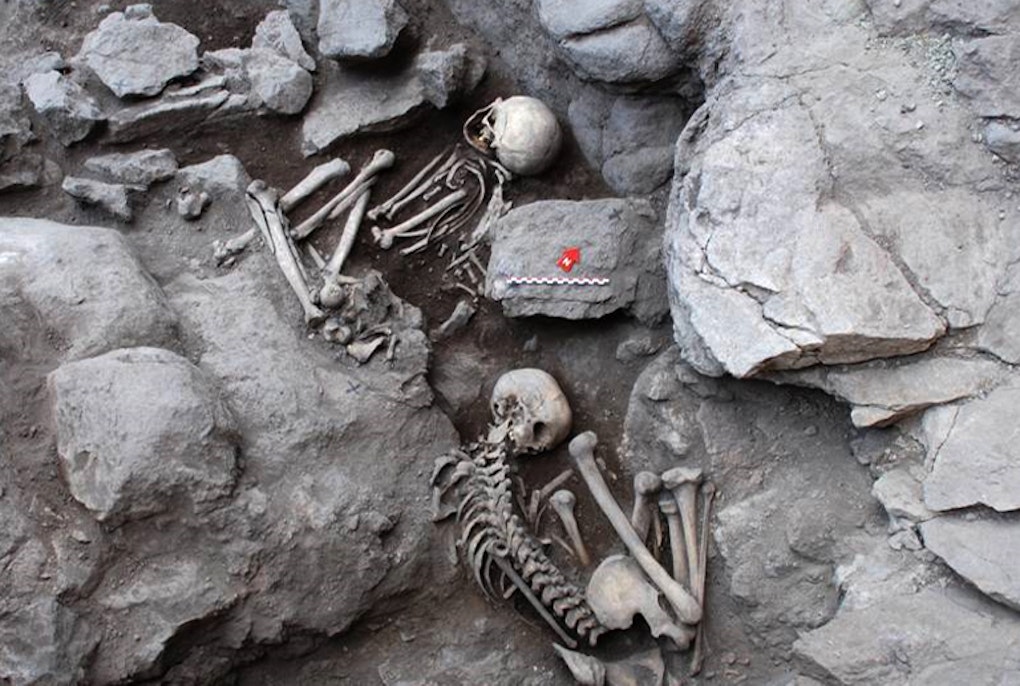magazine_ Feature
Ötzi's ink
Frozen but not forgotten, exceptional images of the 5,300 year-old Iceman brought to light in a new project and book
Infrared close up of the 5,300 year-old Iceman's face
Photo: Eurac Research/South Tyrol Museum of Archaeology/M. Samadelli/G. Staschitz
Since his discovery in 1991, Ötzi the Iceman has provided a trove of information about the life of Europeans at that time. His long-frozen remains have yielded information on diet, migration, disease and ancient DNA. Permanently housed at the South Tyrol Museum of Archaeology, the mummy’s remains are stored in a specially devised cold cell and only viewable through a small window. Here we take a rare and up close look at Europe's oldest known natural human mummy.
Grouped in places where Ötzi suffered from joint and spinal degeneration, Otzi's geometric markings have led the researchers to believe that the Iceman's tattoos were used to relieve ailments like rheumatism and arthritis.
Ötzi’s tattoos were found on all the parts of the body that exhibit evidence of wear and tear, including his Achilles tendon pictured here. These tattoos were made with a needle piercing the skin and then rubbing charcoal into it.
A bracelet-like tattoo adorns the wrist of the 5,300-year-old Iceman.
5,300 years later: a close up image of his hand shows how well he was preserved in the glacial ice.
Frozen in time and ice, it's hard to believe that we are looking at a foot that is over 5000 years old.
Mummy expert Marco Samadelli cataloguing the Iceman's tattoos. Since 1998, the mummy has been housed in a unique and specifically designed cold cell that simulates glacier conditions that kept him preserved. Stored at -6°C with 99% humidity, the mummy is regularly sprayed with sterile water to prevent loss of its natural moisture. Owing to the extremely delicate balance of these conditions it was only possible to photograph the mummy for 30 minute intervals before he had to be rehoused.
Iceman photoscan
Follow the link for more startling images. http://www.icemanphotoscan.eu/
The complete collection of the images is available also in print version:
Iceman photoscan
Marco Samadelli
Pfeil Verlag, 2009
ISBN 978-3-89937-098-0
The publication can be ordered here: communication@eurac.edu
